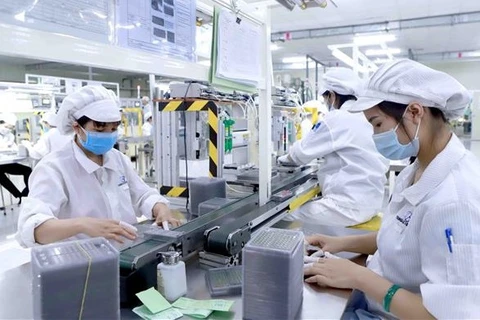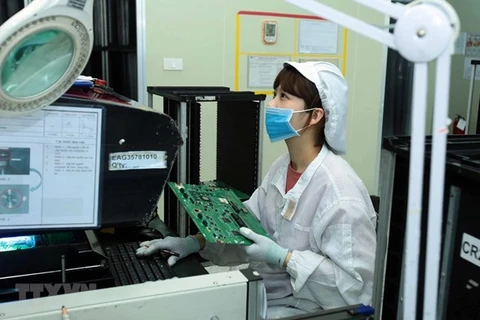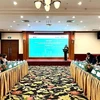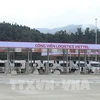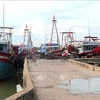Binh Duong (VNA) – The southern province of Binh Duong is striving to have 90 percent of its enterprises resume operations by the end of this month, and 100 percent by the end of this year.
So far, as many as 4,216 firms have applied for “three on site”, “One route, two destinations”, and “three green” working models with 444,496 workers.
Of them, 2,289 enterprises are in industrial parks (IPs) with 314,354 workers, 69 in industrial clusters with 9,109 workers, and 1,858 outside IPs with 121,033 labourers.
The management board of provincial IPs are stepping up vaccinations for experts and workers. They also established mobile medical stations in IPs to ensure workers’ access to medical services as well as safety in production.
Secretary of the provincial Party Committee Nguyen Van Loi also committed all possible support to firms to return to work in safe conditions.
The province has basically contained the COVID-19 pandemic, thus enabling production and business activities to gradually resume. However, many firms are facing such difficulties as a shortage of workers because migrant workers had returned to their home towns during the lockdown period. Rising costs of materials pose another problem. /.
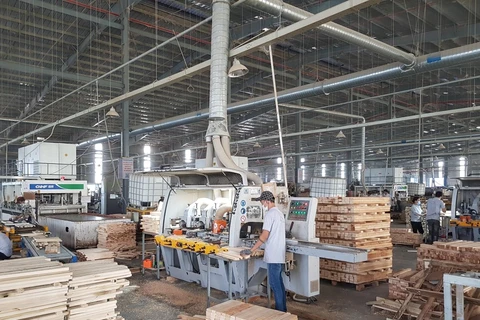
Binh Duong’s exports rake in 24.5 billion USD in nine months
The southern province of Binh Duong earned over 24.5 billion USD from exports in the first nine months of 2021, up 26.7 percent year on year and meeting 79.8 percent of this year’s target.

